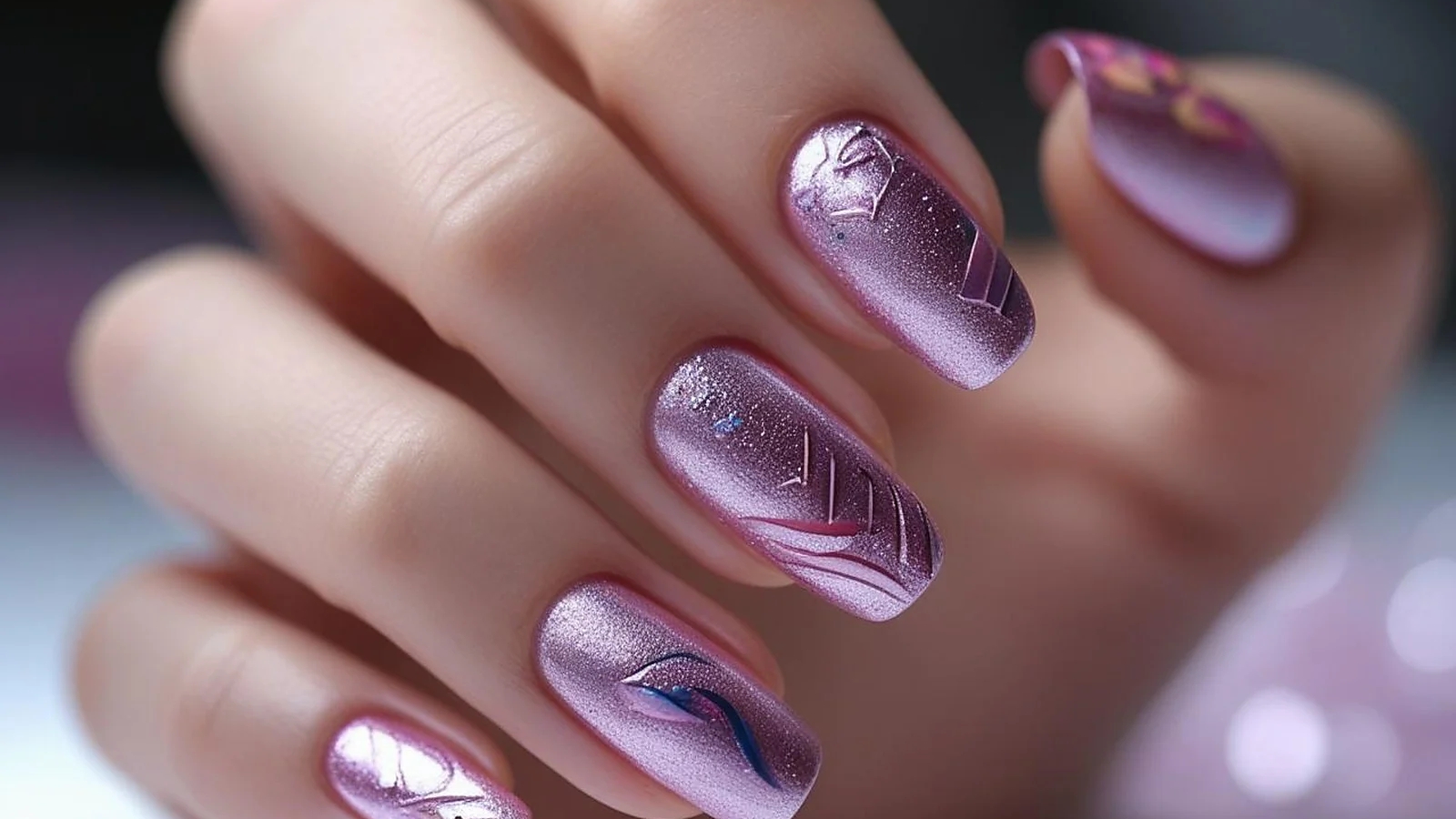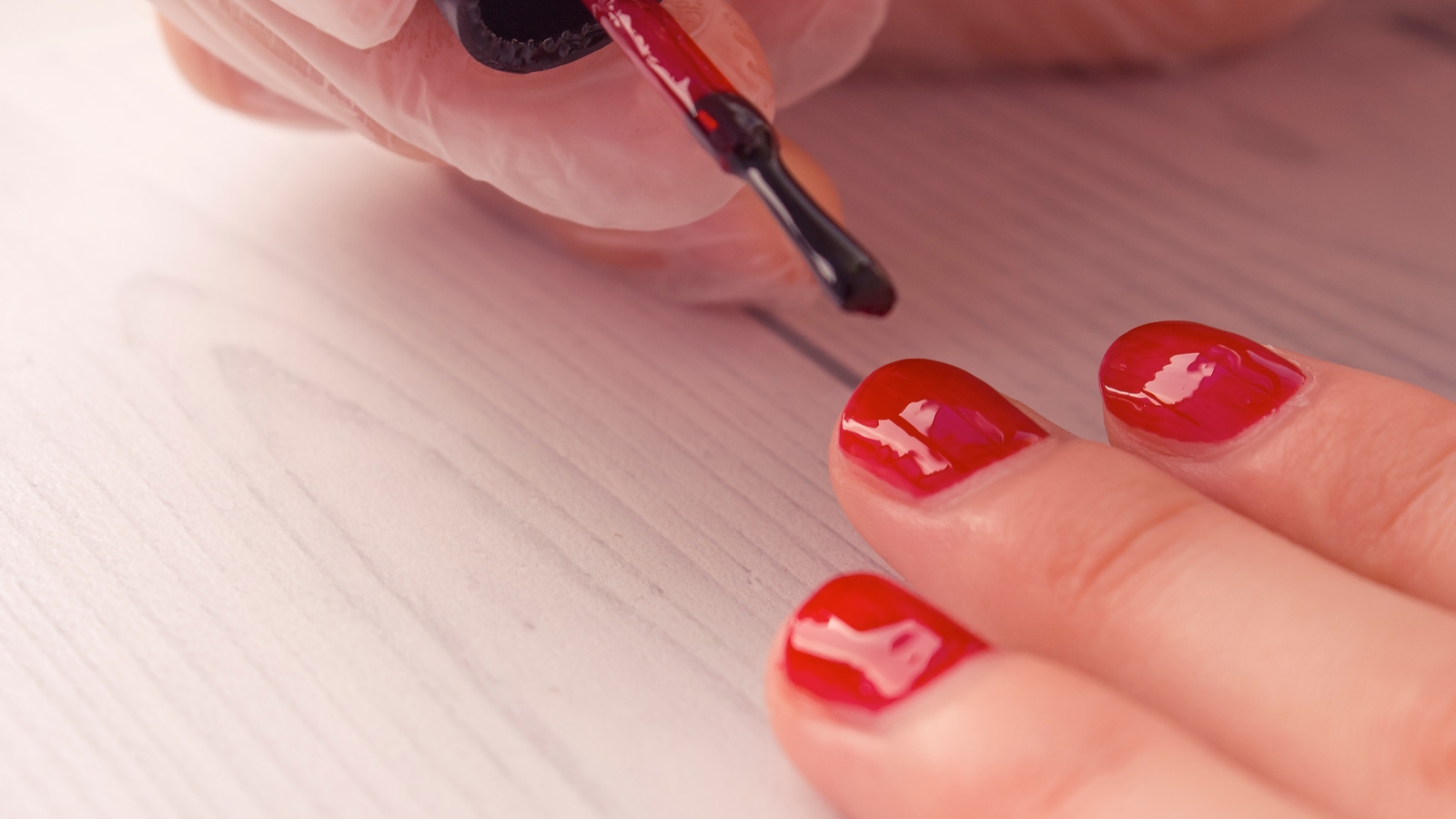Acrylic nails are one of the most popular ways to achieve polished, durable, and stylish nails. Many people choose them for their long-lasting strength, versatility, and ability to create shapes that natural nails often cannot support. Whether you want a classic French tip, a bold stiletto shape, or intricate nail art, acrylics make it possible.
At the same time, concerns often come up about how acrylic nails affect nail and skin health. Repeated application, chemical exposure, and improper removal can all take a toll. The question is not only whether acrylics look good but also whether they are safe for your hands over time.
This article explains what acrylic nails are, how they are applied, the risks involved, and what you can do to protect your nails and skin if you choose to wear them.
What Acrylic Nails Are
Acrylic nails are made from a mixture of liquid monomer and powder polymer. When combined, these substances form a pliable paste that is applied over the natural nail or on top of nail tips. The paste hardens as it is shaped and filed, creating a durable, protective layer.
The result is a nail that can be lengthened, strengthened, and styled in ways natural nails cannot consistently achieve. Acrylics are known for their ability to hold polish and designs for weeks without chipping. This durability is one of the main reasons they are so popular in salons and at-home kits.
While acrylic nails are designed for cosmetic enhancement, their application and maintenance involve processes that can influence nail and skin health. The filing, chemicals, and adhesives that make them last are also what create potential risks.
Impact On Natural Nails
Your natural nails act as protective barriers for your fingertips. To apply acrylics, technicians usually buff or file the surface of the nails to help the product adhere. This preparation thins the nail plate and can weaken its natural structure over time.
When acrylics are removed, the damage can continue. Soaking in acetone dehydrates nails, while filing or prying off acrylic layers may cause peeling or tearing. If this process is repeated often without giving your nails a break, they may become brittle, thin, or more prone to breaking.
Signs that your nails have been impacted by acrylic use include:
- Noticeable thinning of the nail plate
- Nails that peel or split at the edges
- Increased sensitivity to touch or pressure
- Slower growth compared to before acrylic use
These effects do not occur in everyone, but they are more likely to happen with frequent or improper use.
Skin Reactions
The skin around your nails is sensitive, and acrylic products can sometimes irritate it. The liquid monomer used during application has a strong odor and contains chemicals that may irritate skin on contact. If it touches the surrounding fingers or cuticles, redness, itching, or mild burns can develop.
For some people, repeated exposure to acrylic ingredients leads to allergic reactions. These reactions may show up as swelling, persistent rashes, or blisters around the fingertips. Allergies can develop over time, meaning you may not react the first few times but notice symptoms after repeated sets.
If you already have sensitive skin, eczema, or allergies, acrylics may be more likely to trigger a reaction. Paying attention to how your skin responds during and after an application is essential to prevent long-term irritation.
Risk Of Infections
Acrylic nails create a gap between the natural nail and the artificial overlay. If that space traps moisture, it can become a breeding ground for bacteria or fungi. This makes infections one of the most significant risks associated with wearing acrylic nails.
Signs of infection include:
- Yellow, green, or brown discoloration under the nail
- Pain or swelling around the nail bed
- A foul odor or pus in more severe cases
These infections can develop if acrylic nails lift, crack, or are misapplied. They may also happen if the tools used during the application are not properly sanitized.
While mild infections may clear with treatment, severe ones can damage the nail bed and cause lasting changes to how your nail grows. Keeping nails dry, avoiding trauma to acrylics, and visiting a licensed technician can help lower these risks.
How To Minimize Damage
Wearing acrylic nails does not automatically mean your nails and skin will suffer. Many people enjoy acrylics regularly while still maintaining healthy hands. The key is to be mindful of application, maintenance, and removal.
You can lower the risks by:
- Visiting licensed nail technicians who follow proper hygiene practices
- Avoiding salons where tools are not disinfected between clients
- Taking breaks between sets to allow natural nails time to recover
- Using hand creams and cuticle oils to keep the skin and nails hydrated
- Avoiding peeling or prying acrylics off yourself at home
- Wearing gloves when doing household chores to reduce exposure to moisture and chemicals
If you notice persistent irritation, thinning, or pain, it is best to remove the acrylics and allow your nails to heal before reapplying them.
Alternatives To Acrylic Nails
If you like the look of polished, long nails but want to avoid some of the risks of acrylics, there are safer alternatives to consider.
- Gel nails: These use a gel-based polish cured under a UV or LED lamp. While they still involve chemicals, they are usually less harsh on the natural nail surface compared to acrylics.
- Dip powder nails: These involve dipping your nails into colored powder and sealing with a protective coat. They provide durability without UV curing and often require less filing than acrylics.
- Press-on nails: Modern versions use lightweight materials and nail-safe adhesives. They are easy to apply, remove cleanly, and can be reused, making them gentle on your natural nails.
- Strengthening polishes: Clear or lightly tinted polishes with added vitamins and proteins can give nails a glossy look while supporting strength and growth.
- Natural nail care: Keeping nails trimmed, filed, moisturized, and polished with acetone-free products can give a neat, healthy look without artificial enhancements.
Each of these alternatives has its own benefits and limitations, but they generally pose fewer risks to nail and skin health than acrylics.
Balancing Style And Health
Acrylic nails offer durability, flexibility in style, and a polished look that many people enjoy. The trade-off is that they come with risks to both your nails and skin. By being aware of these risks and taking preventive measures, you can still enjoy acrylic nails without significant damage.
The balance comes down to moderation and care. Wearing acrylics occasionally, choosing a skilled technician, and practicing good hand care can reduce most of the risks. Pairing acrylic use with breaks and natural nail strengthening allows your nails time to recover and stay healthy.
Conclusion
Acrylic nails can affect your nails and skin if they are not applied or cared for properly. The main concerns include thinning of the nail plate, brittleness, skin irritation, and infections. These risks are more likely with frequent or careless use, but they are not inevitable.
Many people wear acrylics safely by choosing professional application, taking breaks, and maintaining good nail care routines. If you pay attention to signs of irritation or weakness and protect your hands with hydration and hygiene, you can enjoy the style of acrylic nails while still supporting the health of your natural nails and skin.


